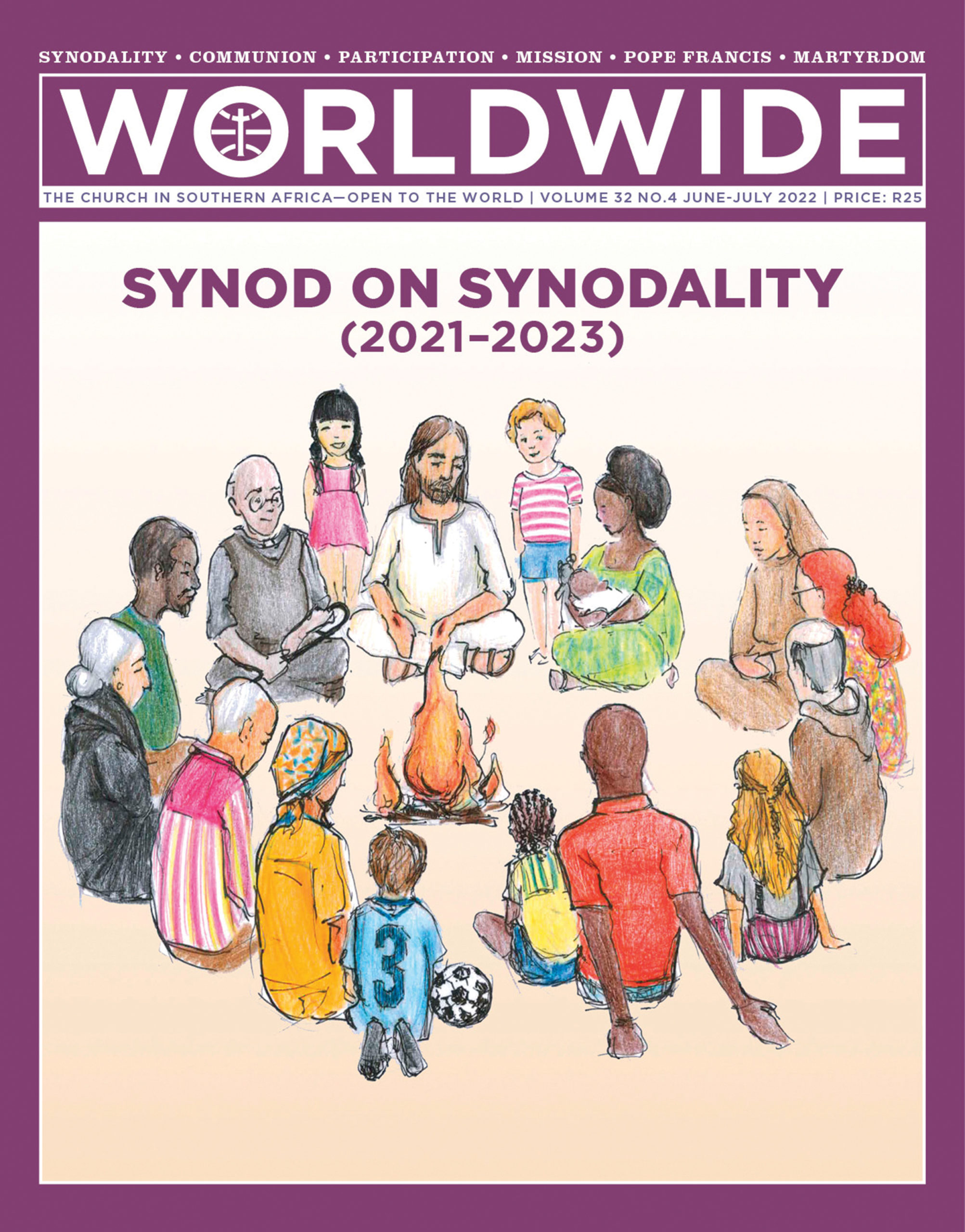
SYNOD ON SYNODALITY (2021–2023)
The cover illustration represents the exercise in which the Church is invited to engage in this process of synodality. Gathered by the Lord and guided by the Holy Spirit, through a journey of prayer, the people of God from all continents, representing diverse ages and kinds of lives, come together to listen to each other, including those marginalized, participating and reflecting on how to be transformed into an inclusive community sent to the mission in the world.
WORLD REPORT • Latin America
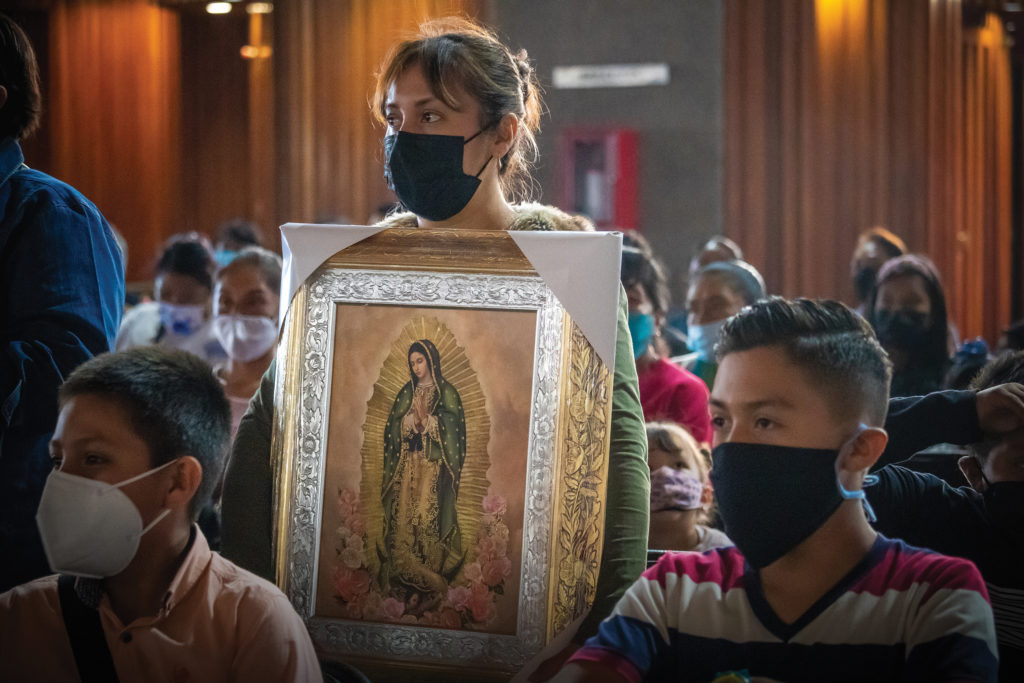
Towards a More Synodal Church
The Latin American Church is treading the path of synodality. Gathered from all corners of the continent in an ecclesial assembly, the entire People of God participated fully, thus ensuring the synodal way of the Church
BY Ismael Piñon | MCCJ, Mexico
THE FIRST Ecclesial Assembly of Latin America and the Caribbean celebrated from 21 to 28 November 2021 in the city of Mexico, brought together more than a hundred people, including bishops, priests, religious orders, lay men and women from all over the continent and about a thousand virtual participants.
It had a preparatory phase called the ‘listening process’, which lasted several months and involved intensive work in which members of the Latin American Church from different spheres of society had the opportunity to express their concerns, hopes and proposals about the Church.
For six days, the participants—40% lay people, 20% bishops, 20% priests and deacons and 20% from religious orders—shared and discussed the great challenges facing the Latin American Church, primarily based on the conclusions of the previous Episcopal Assembly of Latin America (CELAM, in Spanish), held in Aparecida, Brazil, in 2007.
Pains and hopes
In the ‘listening phase’, the members of the assembly drew up a list of pains and hopes felt in Latin America and the Caribbean.
“As missionary disciples and citizens of the world, we contemplate the reality, we listen to the various and repeated expressions that cause us pain and indignation,” they said. Then they enumerated the most excruciating pain and injustices on the continent, such as the crisis of democracy in political systems, the injustices caused by unfair economic models, the culture of exclusion, xenophobia, the impact of the pandemic, and the idolatry of money, which particularly affect women, migrants and refugees, the poorest, and Mother Earth.
We recognize the inconsistencies that we live as People of God which show the need for conversion
Among these pains are also those caused by failures within the Church: “We recognize the inconsistencies that we live as People of God which show the need for conversion,” they confessed. They also expressed pain for the fragility of the experience of faith, missionary passivity, lack of social commitment to the poorest, and the ecclesial community’s distance from real problems which require commitment.
“We feel hurt by the lack of a clearer participation of women and lay people in the decision-making spaces of the evangelizing action,” they affirmed. They acknowledged that only 36% of the members of the assembly were women.
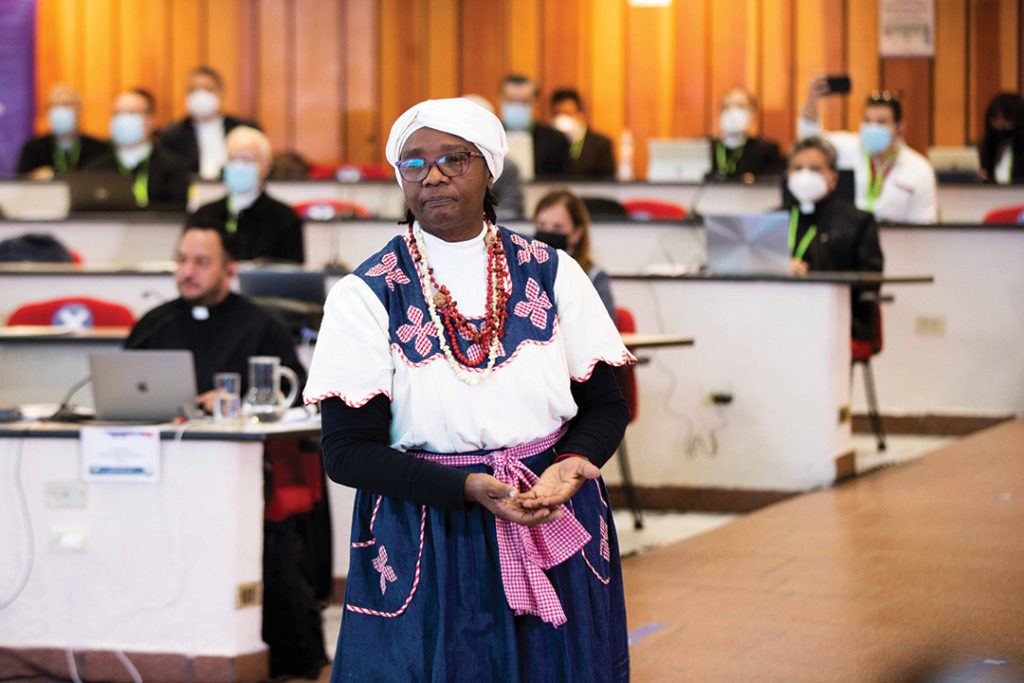
Clericalism
What seemed most painful to the members of the assembly was the perceived clericalism within the ecclesial community: “clericalism, as an ecclesiological vision, is an authoritarian style of governing which excludes lay people from the discernment and decision bodies, thus becoming an obstacle to the synodality of the Church. It is also related to cases of abuse of conscience and sexual abuse of Church members and the lack of reparation to the victims.”
The discernment work also allowed them to glimpse the hopes which illumine the path of a Church that wants to be more synodal, participatory and open. This synodality lived in the ecclesial assembly is precisely one of the greatest hopes expressed by the members of the assembly, as it presents itself as “a space for meeting, open for the transformation of ecclesial and social structures that allows us to renew the missionary impulse and the proximity to the poorest and most excluded.”
What seemed most painful to the members of the assembly was the perceived clericalism within the ecclesial community
The participants expressed their hope for a more united and fraternal Church, open to lay people, women, young people, and to a diversity of identities, peoples, and cultures; a “Church on the way out which becomes a neighbour and servant of a wounded humanity.” Among the hopes, they identified, in a particular way, the pontificate and the magisterium of Pope Francis, his spiritual leadership, and his coherence.
Signs of newness
The growth in the role of women, their commitment in society and in the Church, the growing awareness of the necessary care for our Common Home, of integral ecology, and the actions in defence of human rights also give rise to hope.
They also expressed their confidence in the fact that “many young people are organizing themselves and taking on new commitments, responding to the world’s needs, ecological needs, and creatively seeking new ways of evangelization.”
Many young people are organizing themselves and taking on new commitments, responding to the world’s needs, ecological needs, and creatively seeking new ways of evengelization
The alliances and networks created between Afro-descendants and indigenous people are also in the list of hopes, along with the basic ecclesiastical communities and lay missionaries, who “bear witness to fraternity and are often a prophetic voice for the Church and society.”
Challenges
Starting from these pains and hopes, the members of the assembly focused on the main challenges facing the Church in Latin America and the Caribbean and drew up a list of 41 with their corresponding pastoral orientations. From that list they selected twelve as the most important (see sidebar), which do not eliminate the remaining 29, but constitute the main contribution of the Ecclesial Assembly to the synodal work in each region.
In the concluding Mass at the Basilica of Guadalupe, the participants consecrated themselves to the Virgin, asking for her maternal protection for the entire continent and for the whole process which seeks a truly synodal Church.
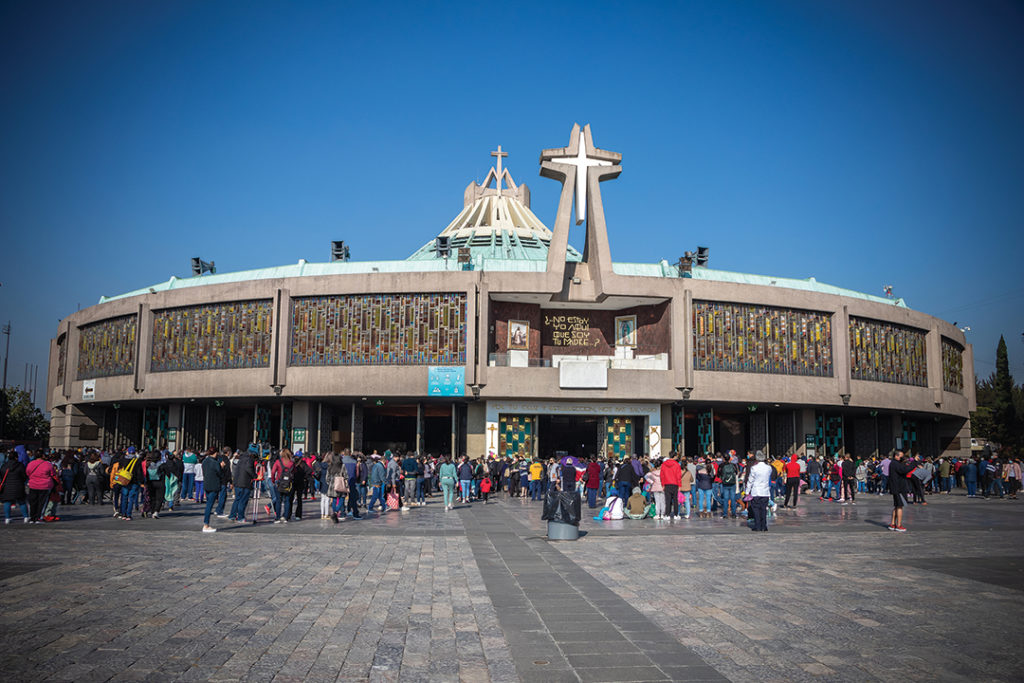
Credit: Ecclesial Assembly Press.
Work continues
As the participants indicated, the assembly was not only a point of arrival, but also of departure. Based on what has been lived and discerned, with the twelve challenges as a reference, the work continues in each country, in each diocese, in each parish and community to fulfil the beautiful task of proclaiming the Gospel and preparing the celebration of the Synod on Synodality, which will take place in Rome in 2023.
In order to put these twelve challenges into practice, CELAM proposed a pastoral itinerary for 2022 which included Lent subsidies which tried to implement the twelve challenges and a ‘seminar on identity and pastoral mission’ to articulate the different processes, aimed at members of CELAM and the assembly.
This itinerary, the so-called ‘regional ecclesial assemblies’, has taken place from February till May, in which each continental region has chosen their pastoral challenges according to their own contexts and realities.
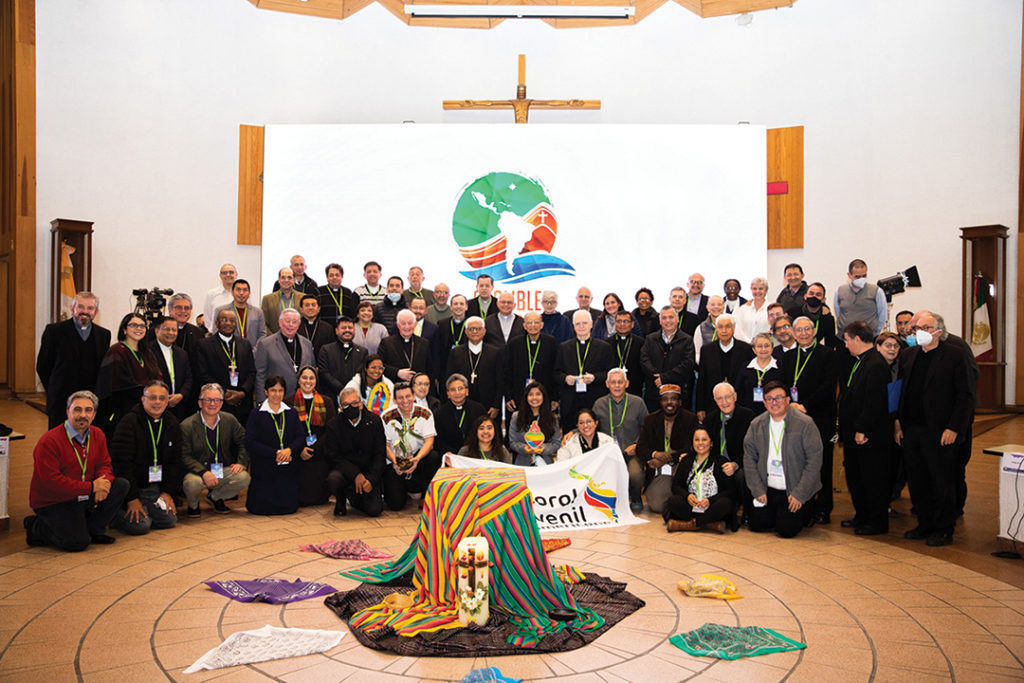
Looking at the future with hope
Once these phases are over, including the celebration of the extraordinary assembly of CELAM with its outline for the responses to the 41 identified challenges, and in particular the twelve considered priorities, the continental phase of the Synod on Synodality—scheduled for October 2022— will follow and will run until March 2023.
The different testimonies that were heard by all the participants—cardinals, bishops, priests, religious or lay men and women, old and young—distilled a feeling of enormous joy and hope for what they were able to experience in those days.
Unlike other assemblies of the Latin American Episcopate, this time there was no attempt to prepare a document, but to exercise community discernment in a synodal manner. It is part of the path which the Latin American Church is taking and opens the doors of hope to a new way of being Church.
| Dates To Remember |
|
June 1 – Global Day of Parents 4 – International Day of Innocent Children Victims of Aggression 5 – Pentecost Sunday 5 – World Environment Day 8 – World Oceans Day 12 – World Day Against Child Labour 13 – International Albinism Awareness Day 15 – World Elder Abuse Awareness Day 16 – National Youth Day in South Africa 17 – World Day to Combat Desertification and Drought 19 – International Day for the Elimination of Sexual Violence in Conflict 20 – World Refugee Day 23 – International Widows’ Day 26 – International Day against Drug Abuse and Illicit Trafficking 27 – Micro, Small and Medium-sized Enterprises Day July 3 – International Day of Cooperatives 11 – World Population Day 15 – World Youth Skills Day 18 – Nelson Mandela International Day 24 – World Day of Prayer for Grandparents and the Elderly 30 – International Day of Friendship 30 – World Day against Trafficking in Persons |

Outstanding post, I think blog owners should larn a lot from this website its real user pleasant.